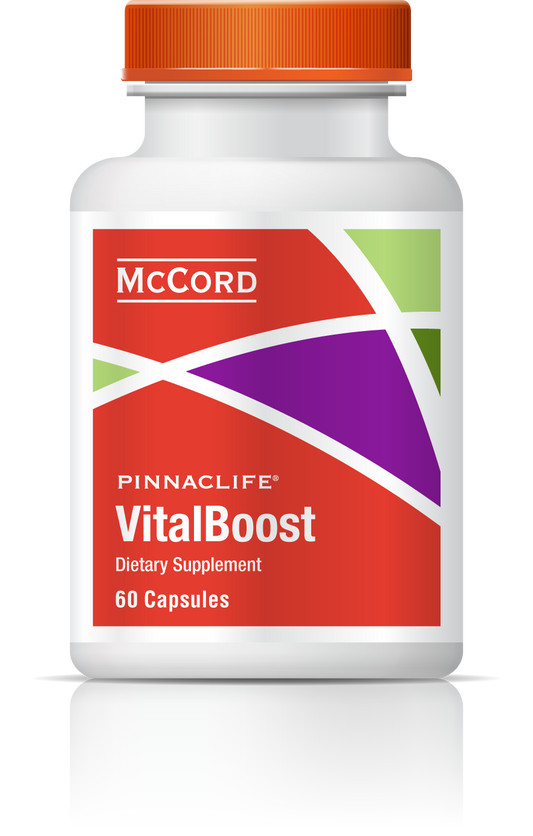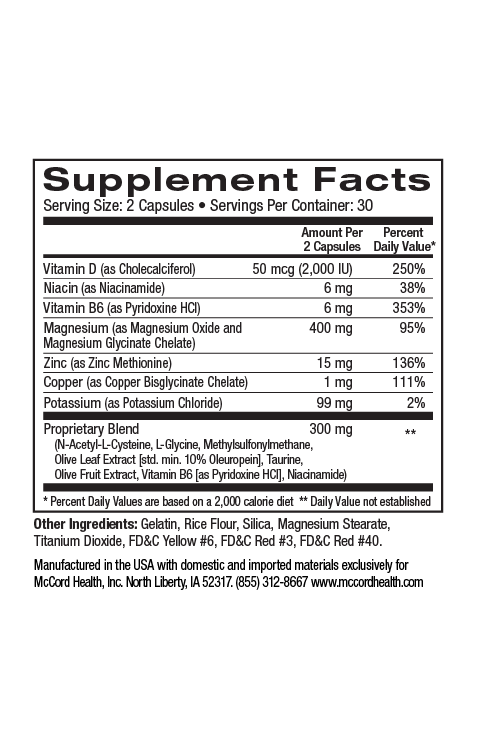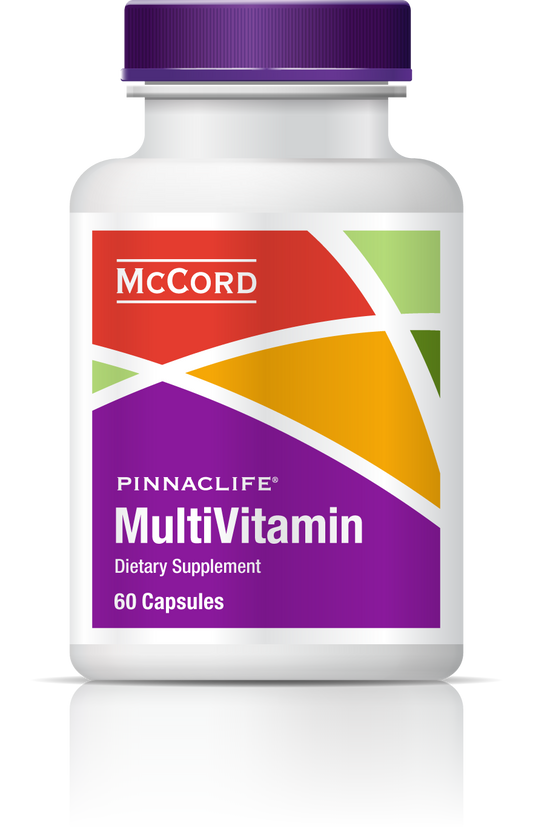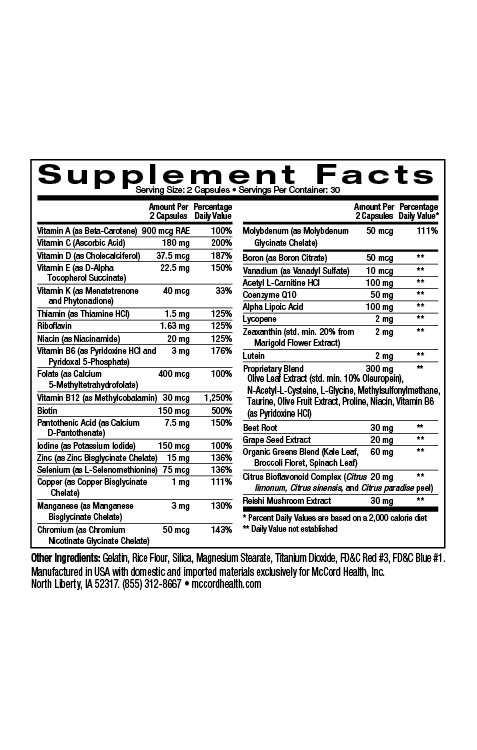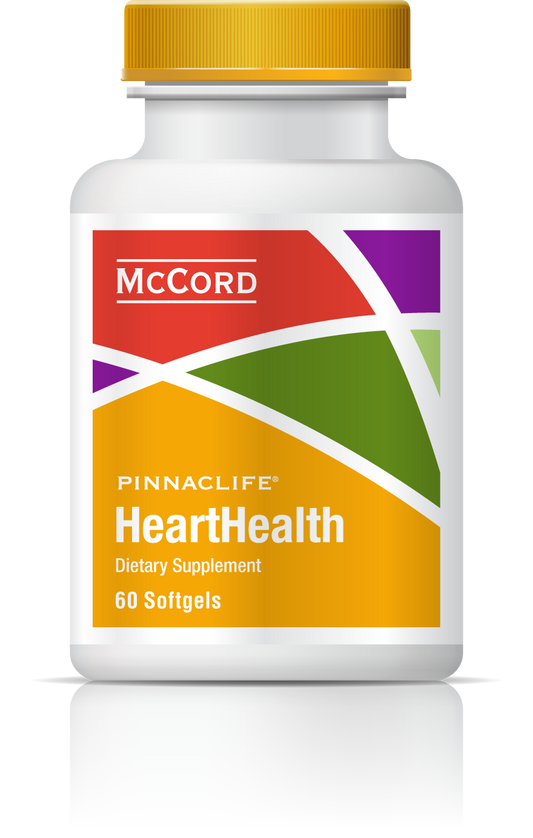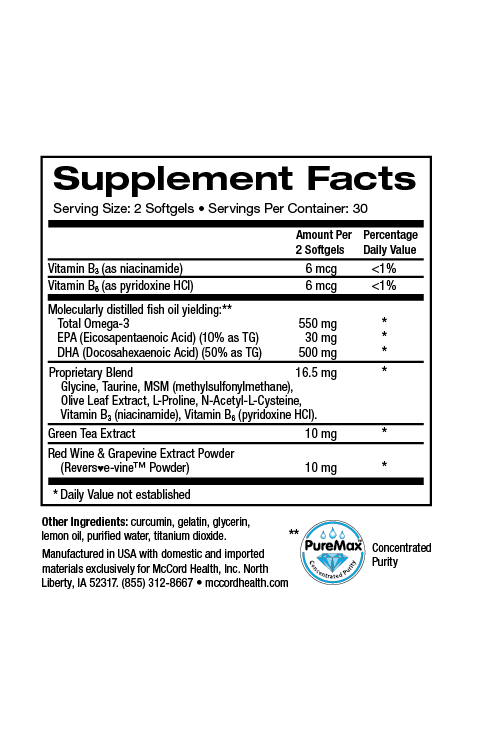N-acetylcysteine (NAC) has been used for over 50 years in many clinical investigations and human trials that have demonstrated its various benefits. NAC is an important small molecule that replenishes levels of glutathione (GSH), a powerful antioxidant found throughout the body whose levels decrease with aging. It can also neutralize free radicals, but unlike GSH it has good bioavailability. GSH and NAC have been shown to enhance many immune responses even during aging when decreased immunity and increased susceptibility to infection often occurs.
- N-acetylcysteine (NAC) is found naturally in onions and garlic
- NAC replenishes levels of the important antioxidant, glutathione (GSH)
- GSH is essential for many immune response activities
- Unlike GSH, NAC has good bioavailability
- NAC has been used in clinical studies and human trials for over 50 years
- NAC is a proven strategy for enhancing immune defenses, especially with GSH deficiency that may occur with aging
N-acetylcysteine (NAC) is found naturally in plants from the Allium family including onions and garlic1,2. It is an important sulfur-containing small molecule that is rapidly metabolized in the small intestine to produce glutathione (GSH), a powerful antioxidant found throughout the body whose levels decrease with aging3,4. NAC also stimulates the activity of enzymes involved in the recovery of GSH including GSH reductase4. In addition, NAC is a powerful antioxidant on its own that can neutralize free radicals (known as reactive oxygen species; ROS), and unlike glutathione, NAC has good oral and topical bioavailability2,4.
NAC Protects Against Toxins and Disease
NAC has been used orally for over 50 years in a multitude of clinical investigations and human trials, including as an antidote against toxins and poisoning as well as against diseases such as cardiovascular disease, metabolic diseases, pulmonary diseases and cancer2. In fact, NAC has been used to prevent acetaminophen overdose-induced liver injury and mucous obstructions associated with cystic fibrosis and chronic obstructive pulmonary disease (COPD)2,5. Evidence from pre-clinical studies has suggested that NAC may also have beneficial uses in many other diseases including Alzheimer’s disease, asthma, and inflammatory bowel disease2.
Immune responses include early responses (inflammation) from innate cells such as neutrophils, macrophages/monocytes and dendritic cells. In fact, in normal individuals, inflammation is a rapid response to danger signals resulting from infections and/or cellular damage. Later immune responses (that are linked with early responses) involve adaptive immunity and include lymphocyte responses (T cell and antibody responses)6. NAC has been shown to have anti-inflammatory activities along with other important components of Proprietary Blend found in ImmuneHealth, including the potent olive polyphenols, hydroxytyrosol and oleuropein, methylsulfonylmethane (MSM) and taurine7-11.
As mentioned, NAC can restore levels of GSH, which is essential for many activities of the immune system including T cell proliferation, the phagocytosis (engulfment and breakdown of foreign substances including microbes) functions of neutrophils, dendritic cell functions and the first step of adaptive immunity (antigen presentation)6. This first step typically involves breaking down antigen proteins into peptides requiring the reduction of disulfide bonds (found in many proteins), which is dependent upon GSH5,6. In fact, decreased levels of GSH are associated with increased susceptibility to infections including with influenza virus6.
Enhancing Immune Defenses
Increased susceptibility to infections associated with decreased levels of GSH is known to occur with aging and in many diseases including COPD, cystic fibrosis, and alcoholism. Administration of NAC is a proven strategy for enhancing immune defenses when GSH deficiency is discovered4,6. Interestingly, the aging process has been considered a GSH deficiency syndrome. NAC treatment in a model of aging was shown to reverse decreased T cell proliferation and cytokine (signaling molecule) responses, and in another important study, NAC supplementation increased T cell proliferation in elderly women4.
In a model for aging, NAC administration led to enhanced chemotaxis (cell movement in response to signals) of lymphocytes and phagocytes (macrophages and neutrophils). In fact, following NAC treatment, improved phagocytic activity of macrophages was also observed. Furthermore, in a study involving postmenopausal women, it was concluded that NAC was an effective strategy (even in short-term treatment) for enhancing decreased intracellular immune cell GSH levels. Moreover, it was concluded that enhanced GSH levels led to significant improvement in immune function following NAC treatment4.
Increasing Immune Responses by Decreasing Oxidative Stress
In addition, various factors that cause increased ROS production can result in decreased immune responses besides aging, including UV radiation (sunlight) exposure, and pollution including cigarette smoke12-14. Oxidative stress results from the inability of cells to eliminate ROS using the natural antioxidant defense system that includes defense enzymes like manganese superoxide dismutase (MnSOD)15. Potent antioxidants along with NAC, like hydroxytyrosol and oleuropein, taurine and methylsulfonylmethane (MSM)16-20 are key components of Proprietary Blend found in ImmuneHealth. In fact, NAC, hydroxytyrosol, oleuropein have been shown to activate MnSOD21-23.
The ability to maintain adequate immune function has been found to be a marker for good health as well as a predictor of increased longevity. ImmuneHealth helps repair and regenerate immune cells to prevent immune deficiencies. ImmuneHealth with Proprietary Blend http://www.olivamine.com includes impeccably sourced ingredients that have undergone rigorous scientific review to prove we renew, restore and repair cells.
References
- Evid Based Compl Altern Med 2011; 2011: ID64269, 1=7.
- Antioxidants 2019; 8: 11: 1-16.
- Sci Rep 2019; 9: 1004: 1-10.
- Free Rad Biol Med 2008; 45: 1252-1262.
- Free Rad Res 2018; 52(7): 751-762.
- Int J Gen Med 2011; 4: 105-113.
- Planta Med 2011; 77: 1890-1897.
- Int J Mol Sci 2014; 15: 18508-18524.
- World J Diabetes 2014; 5: 679-710.
- Biol Pharm Bull 2009; 32: 651-656.
- Amino Acids 1996; 10: 59-71.
- J Dairy Sci 1993; 76: 2789-2794.
- Ann Clin Lab Sci 2000; 30(2): 145-158.
- Eur J Clin Nutr 2002; 56 (Suppl 3): 55-58.
- Curr Neuropharmacol 2009; 7: 65-74.
- Cell Metabol 2017; 25: 506-521.
- J Agric Food Chem 2011; 59: 4473-4482.
- Sci Pharm 2010; 78: 133-154.
- Amino Acids 2004; 26: 203-207.
- Nutrients 2017; 9(3): 290, 1-21.
- Life Sci 2015; 121: 110-116.
- Planta Med 2011; 77: 1890-1897.
- Int J Mol Sci 2014; 15: 18508-18524.

